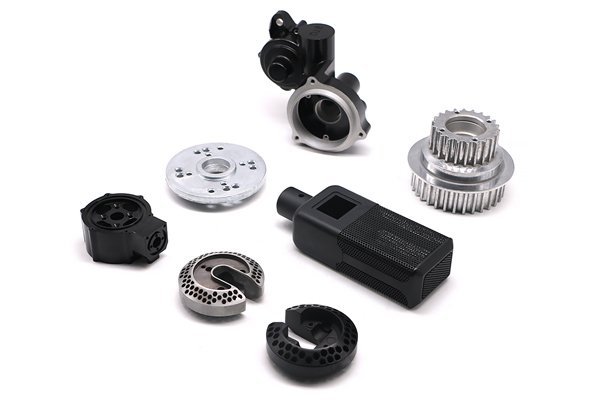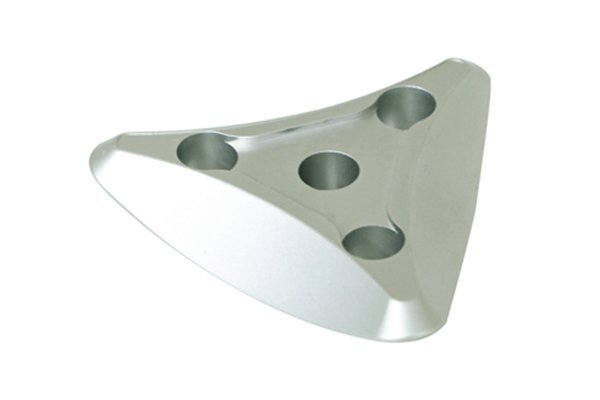: The Fascination of Materials in CNC Machining
Did you know that over 350 million tons of plastics are produced around the globe every year? As industries continuously evolve, they seek materials that deliver exceptional performance while being cost-effective and sustainable. Among the myriad of plastics, two popular choices have gained traction in CNC machining: PA66 nylon (polyamide 66) and PA6 nylon (polyamide 6).
This blog will dive deep into the distinctions between these two resilient materials, focusing on their performance in CNC machining and how specific characteristics can influence their suitability for various applications. By the end of this extensive exploration, you will have a firm grasp of how to choose the right nylon for your next CNC project.
—
Understanding the Basics: PA66 and PA6 Nylon
Before we delve into the nuances of their machining performance, let’s first understand what PA66 and PA6 nylon are, including their chemical compositions, formation, and distinct characteristics.
1.
Chemical Composition and Properties
1.
Key Properties Comparison
| Property | PA66 Nylon | PA6 Nylon |
|————————|———————————|———————————-|
| Melting Point | ~ 250°C | ~ 220°C |
| Tensile Strength | Higher | Lower |
| Heat Resistance | Superior | Moderate |
| Moisture Absorption | Low | Higher |
| Wear Resistance | High | Moderate |
| Cost | Generally higher | Generally lower |
The CNC Machining Process: An Overview
CNC (Computer Numerical Control) machining is revolutionizing industries, facilitating precision and consistency in manufacturing through automated processes. Understanding how each type of nylon behaves during CNC machining will help us identify the advantages and limitations inherent to PA66 and PA
2.1. Key CNC Machining Techniques
Comparing CNC Machining Performance
With a foundational understanding established, let’s compare PA66 and PA6 nylon concerning CNC machining performance.
3.
Machining Speed and Tooling Requirements
Recommendation: For high-speed applications where tool life and cutting efficiency are paramount, PA66 is often the ideal choice.
3.
Surface Finish and Quality

Recommendation: If a high-quality surface finish is critical, PA66 is preferable due to its superior machining characteristics.
3.
Dimensional Stability
Recommendation: For applications demanding strict tolerances, PA66 is more reliable.
Industry-Specific Applications
Understanding the practical implications of material performance can guide industries in selecting the optimal nylon for their machining projects.
4.
Automotive Industry
4.
Aerospace Industry
4.
Electronics and Consumer Products
Both nylons can serve well in electronic housings; however, PA66 is often favored for its durability against wear and heat, while PA6 is exploited in applications where budget constraints are more significant.
Addressing the Challenges in CNC Machining
Both materials pose unique challenges when used in CNC machining. Understanding these challenges enables companies to devise effective solutions.
5.
Tooling and Maintenance
Operators must ensure the selection of appropriate tooling for each nylon type. For instance, using sharp tools with PA66 helps minimize cutting forces, while for PA6, specialized tooling can mitigate gooeyness issues.
Solutions:
5.
Thermal Management
Managing heat is crucial, especially during the machining of PA6, which can soften under excessive temperatures.
Solutions:
: Selecting the Right Nylon for CNC Machining
After thoroughly exploring the differences in CNC machining performance between PA66 nylon and PA6 nylon, it’s evident that each material has its strengths and weaknesses. PA66 generally outperforms PA6 in terms of strength, heat resistance, dimensional stability, and finish quality, making it a preferred choice for high-demand applications. Conversely, PA6 may appeal in scenarios where cost is more critical than performance.
Regardless of your choice, understanding the implications of each material will ultimately lead to better design decisions and manufacturing efficiency. The key takeaway from this exploration is the importance of selecting the right nylon to align performance with production goals.
As industries continually adapt to meet the demands of technology and innovation, understanding the differences between PA66 and PA6 in CNC machining can provide a competitive edge. Always remember that the materials you choose will not only affect the current project but may also influence your larger operational success.
Stay informed, make educated choices on the materials you use, and elevate your CNC machining projects to new levels of precision and quality!






